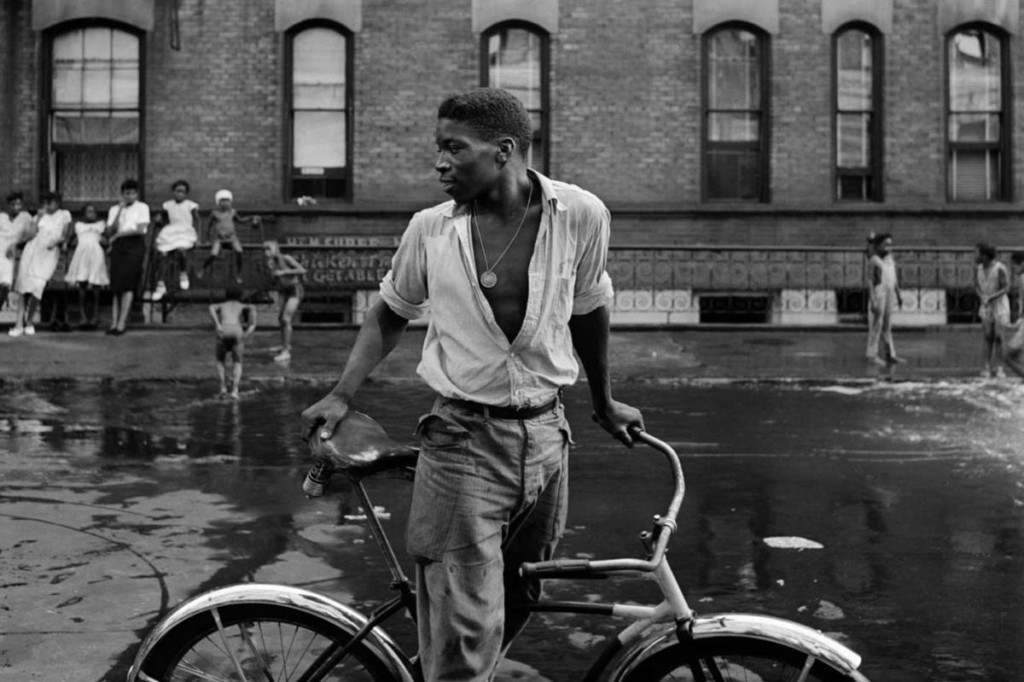The Only Guide for Framing Streets
The 8-Second Trick For Framing Streets
Table of ContentsSome Known Incorrect Statements About Framing Streets The Greatest Guide To Framing Streets5 Simple Techniques For Framing StreetsThe Best Guide To Framing StreetsThe Facts About Framing Streets UncoveredThe 2-Minute Rule for Framing Streets
, typically with the goal of catching pictures at a decisive or poignant minute by mindful framework and timing. https://framingstreets1.blog.ss-blog.jp/.
, that was influenced to take on a comparable paperwork of New York City. As the city developed, Atget assisted to promote Parisian streets as a worthy topic for digital photography.
The Buzz on Framing Streets
In between 1946 and 1957 Le Groupe des XV every year exhibited work of this kind. Andre Kertesz. Circus, Budapest, 19 May 1920 Street digital photography created the major web content of two exhibitions at the Museum of Modern Art (Mo, MA) in New york city curated by Edward Steichen, Five French Professional Photographers: Brassai; Cartier-Bresson, Doisneau, Ronis, Izis in 1951 to 1952, and Post-war European Photography in 1953, which exported the idea of road digital photography internationally.

The 8-Second Trick For Framing Streets
The recording equipment was 'a surprise cam', a 35 mm Contax concealed under his coat, that was 'strapped to the upper body and linked to a long wire strung down the appropriate sleeve'. His work had little contemporary effect as due to Evans' sensitivities concerning the creativity of his task and the privacy of his subjects, it was not released till 1966, in the book Lots of Are Called, with an introduction created by James Agee in 1940.
Helen Levitt, after that a teacher of little ones, related to Evans in 193839. She documented the transitory chalk illustrations - vivian maier that became part of youngsters's street culture in New york city at the time, along with the children that made them. In July 1939, Mo, MA's new digital photography area included Levitt's operate in its inaugural exhibitRobert Frank's 1958 publication,, was considerable; raw and frequently indistinct, Frank's photos examined mainstream photography of the time, "tested all the official rules put down by Henri Cartier-Bresson and Walker Evans" and "contradicted the wholesome pictorialism and heartfelt photojournalism of American magazines like LIFE and Time".